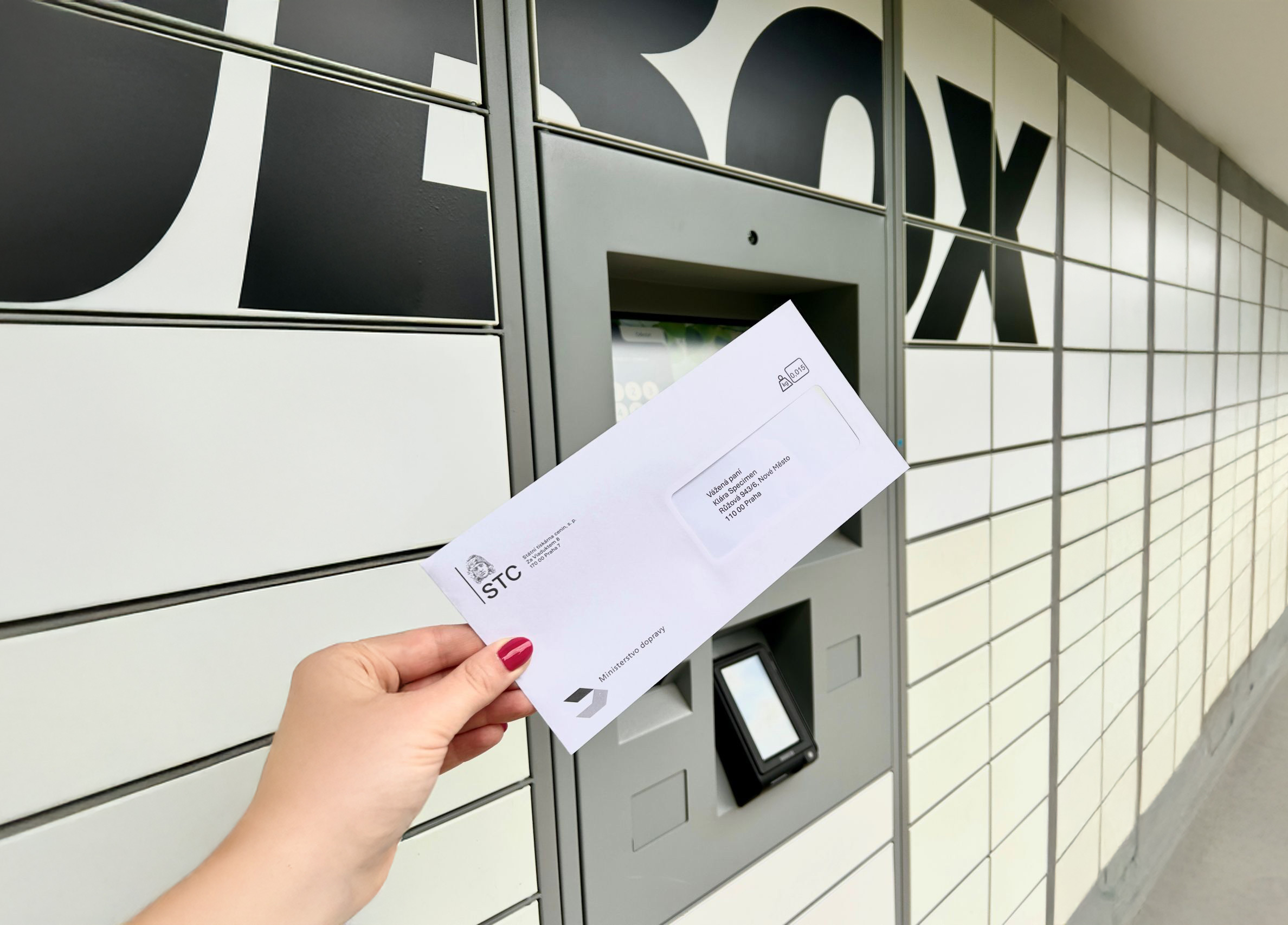Personal Identity Documents Are Undergoing a Digital Revolution
In recent years, personal identity documents have been undergoing a transformative shift. Digitization, biometrics, and advanced security features are enhancing both safety and ease of identification. What does this mean for citizens, and what technologies can we expect soon? Lukáš Pugner, Project Manager for eGovernment at Monet+, shares his insights.
Biometrics Becoming the Norm
Biometric data has become a standard part of travel documents. Today’s passports and ID cards include fingerprint scans and facial recognition features.
“Modern identity documents are no longer just pieces of plastic — they’re advanced carriers of biometric data that enable fast and secure identification,” says Lukáš Pugner.
He points out innovations at airports, such as automated E-Gate systems using facial recognition to speed up border control. Another trend on the horizon is Digital Travel Credentials (DTC) — a digital travel identity based on ICAO (International Civil Aviation Organization) standards that promise to redefine how we travel.
Next-Generation Materials and Security Features
Identity cards are now made from polycarbonate, a highly durable material that ensures longevity throughout the card’s validity period.
“Advanced security features like laser engraving are highly effective against forgery,” explains Pugner. “Combined with the document’s electronic chip, which is personalized during production, these elements offer a high level of protection.”
While visible security features are already standard, their visual design continues to evolve to stay ahead of counterfeiting methods.
Toward a Unified Digital Identity
The European Union is currently working on standardizing digital identities through the eIDAS 2.0 regulation. The goal is to unify identity verification systems for online services and enable cross-border recognition of identity. This includes systems like EES (Entry/Exit System) and ETIAS for tracking travel into the Schengen Area, as well as the upcoming EUDIW (European Digital Identity Wallet).
“With a unified European digital identity, citizens will be able to identify themselves and access online services in any EU country,” says Pugner. “This will streamline administrative processes and strengthen the security of identity verification.”
Preparing for the Quantum Era
One of the most critical challenges ahead is transitioning to post-quantum cryptography (PQC). Quantum computers pose a serious threat to current encryption methods, prompting the development of new, quantum-resistant algorithms.
“We need to start implementing quantum-safe algorithms now to protect personal data in the future,” Pugner urges. “PQC will play a crucial role in securing digital signatures, encrypting personal data, and authenticating identities.”
“Since identity documents contain sensitive information,” he adds, “we’ll soon need to replace existing standards like RSA or ECDH with post-quantum cryptographic algorithms such as ML-DSA or ML-KEM — recently standardized by NIST in the U.S. These will ensure documents remain secure in the quantum era and prevent forgery or unauthorized access.”
The Future of Digital Identity
Digital identity documents are gradually becoming the norm, and the integration of quantum-safe cryptography will ensure their long-term security. European security agencies have already recognized this as a top priority.
“Governments should begin planning the transition to quantum-safe systems now to protect their national identity infrastructure for decades to come,” concludes Pugner. “At Monet+, we are actively engaged in research and development to help bring these technologies to eGovernment. It’s a vital step toward securing the future of personal identity.”

